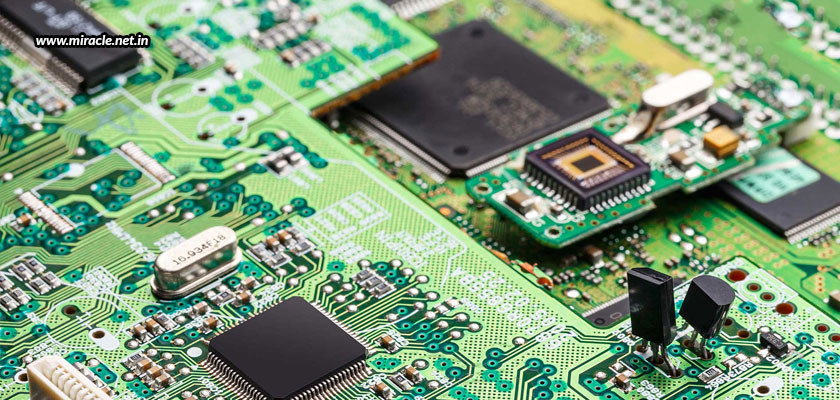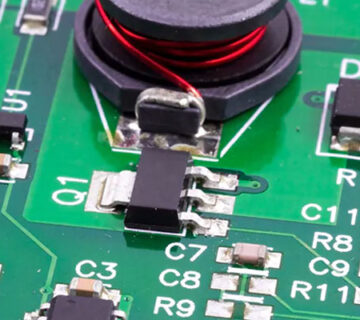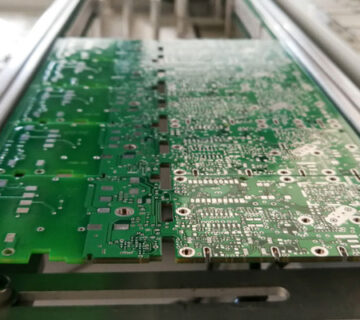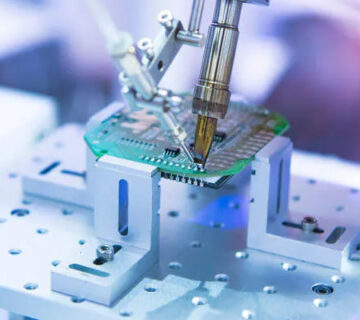When you want a Printed Circuit Board designed for your project, no matter how big or small, you may wonder about the type of PCB you should use. That’s because a PCB is a very important determining factor when it comes to analyzing the capabilities and performance of an electrical device. And, when we speak of the type of PCB, one important aspect is deciding whether to use a single-sided board or a double-sided PCB assembly from India.
While there are advantages and disadvantages to both single-sided and double-sided boards, you need to know which one of the two is better for your particular application. Let’s help you know in detail about both these PCBs so that you are in a better position to decide.
Similarities between single-sided and double-sided PCBs
While both the single-sided and double-sided PCBs vary significantly, there are similarities between the two too. First and foremost, both the types of PCBs serve as electrical catalysts in order to transmit power and make connections between different components. Next, both the PCB types are made of the same FR4 material, a type of fiberglass that is mixed with epoxy and formed into multiple layers.
Differences between single-sided and double-sided PCBs
Now, let’s learn about the differences between the two types of boards.
Single-sided PCBs – Single-sided PCBs have one layer of conductive material, wherein a series of leads passes among the through-holes of the component-side before they are soldered to the copper tracks. This kind of assembly was the original way of fabricating prototype circuit boards, but as technology advanced, and more power was needed for surface mount components, double-sided PCBs were then manufactured. However, single-sided PCBs are still used for simple low-density designs. The most important advantage is that these PCBs are easy to manufacture, and thus are lower in cost than double-sided PCBs.
Double-sided PCBs – Double-sided PCBs double the conducting power of the substrate core without compromising on the surface area, which is the main issue with a single-sided PCB. Here, the through-hole components are mounted on the top, and surface mounts are present at the bottom, which are connected through vias or holes that connect the two sides. The advantages of these types of PCBs are that the board size is reduced and the circuit is increased, making it cost-effective when it comes to high density circuits.
All in all, double-sided PCBs have more power and are more suitable for high density circuit applications, while single-sided PCBs are ideal for simple applications requiring low density designs. Nevertheless, double-sided PCBs have become a popular option for prototype PCBs in the market today. However, double-sided PCBs are still more expensive, which is why many small electronics still use single-sided boards to reduce costs.
If you are still unable to decide as to which type of PCB you should be using for your application, you can always get in touch with an expert PCB manufacturer who can help you decide on the same. Miracle Electronics is one such manufacturer who can assist you on deciding the best type of PCB assembly from India for your application, while also helping you manufacture the same.




